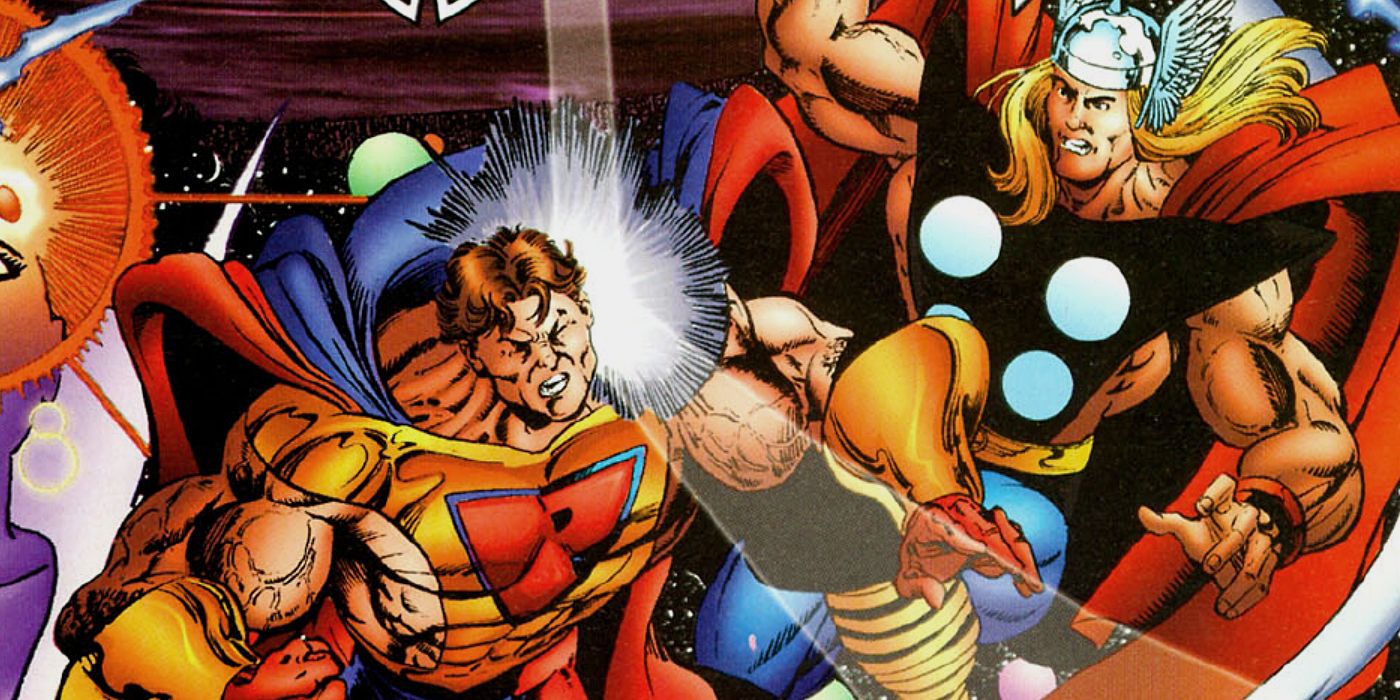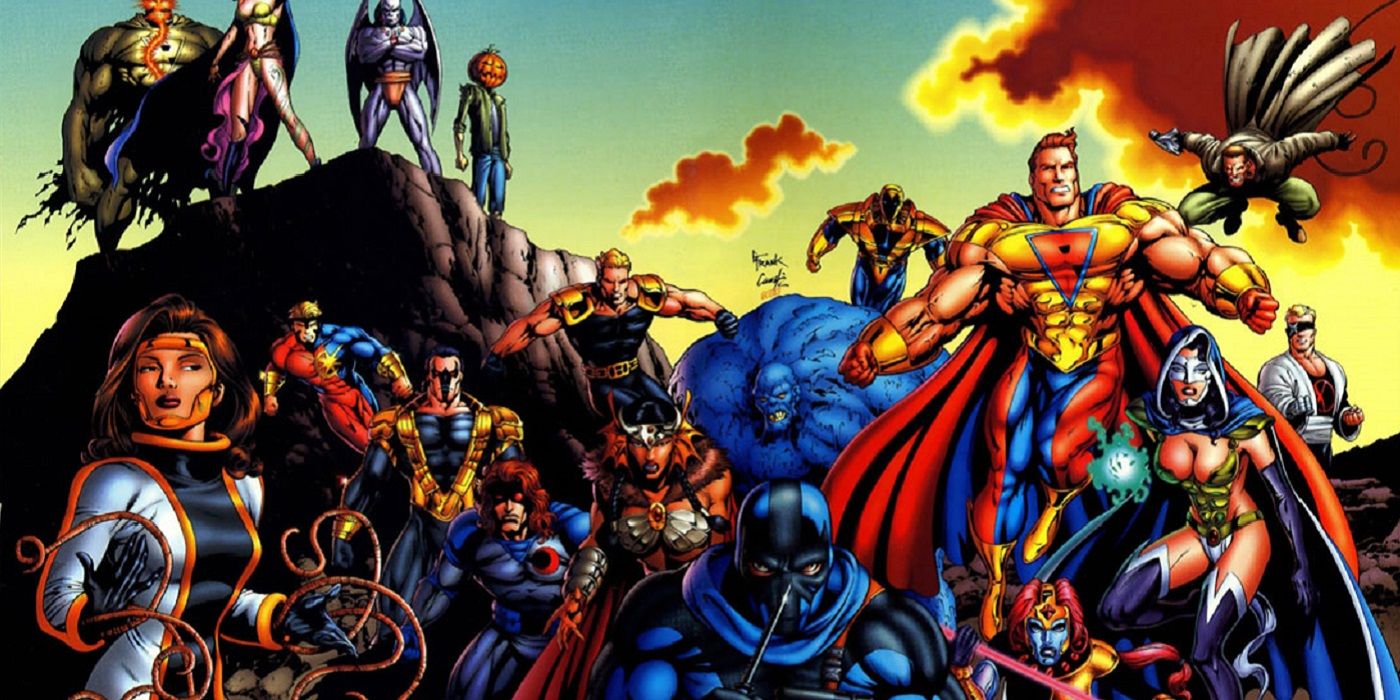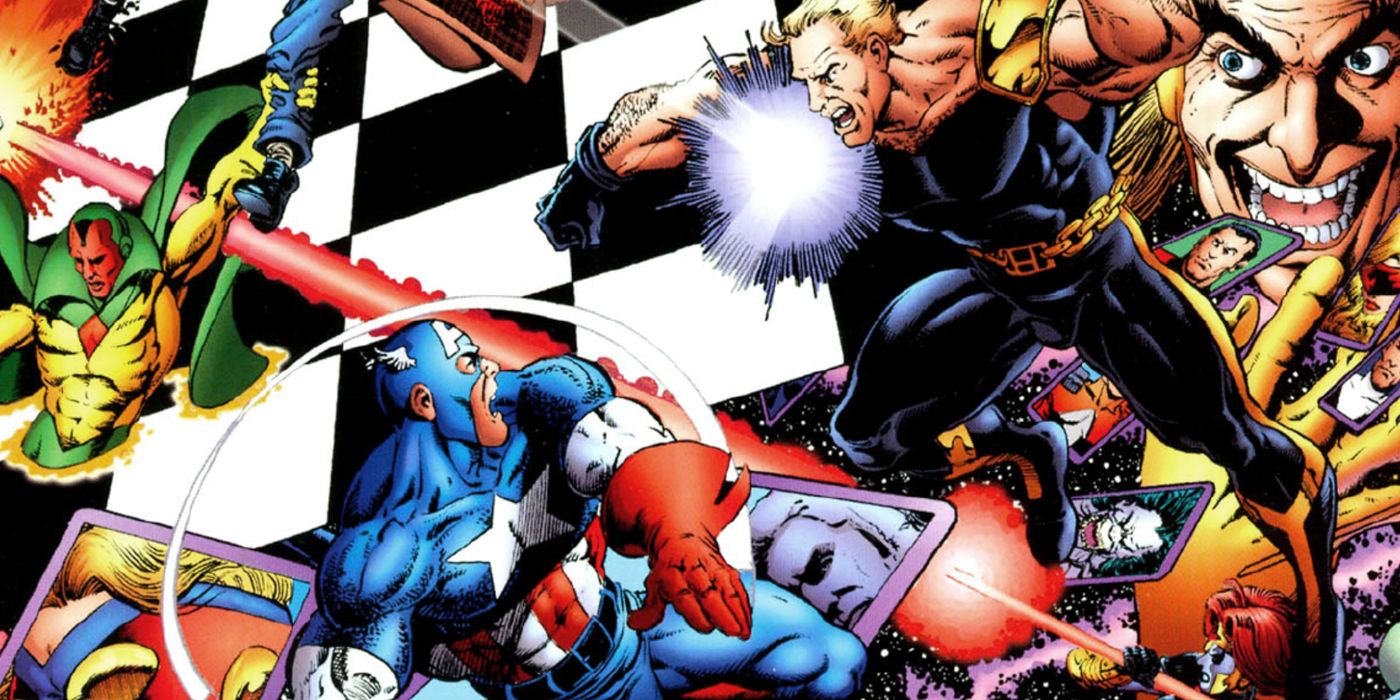After Marvel and DC largely defined what superheroes were for decades, a new kind of superhero emerged in the 1990s. Fueled by a massive comic book collecting and speculating boom, a new generation of superheroes found legitimate success at newer publishers like Image Comics. While some of these characters are still around today, most of these heroes quietly faded into obscurity.
However, the heroes of Malibu Comics and the Ultraverse had a much stranger fate. After the publisher launched a solid line of superhero comics supported by a multimedia advertising campaign and multiple TV shows, Malibu Comics and its heroes were purchased by Marvel. Even though the Ultraverse still disappeared after a few years, it crossed over with some surprisingly big parts of the Marvel Universe before it ended. Now, we're going to take a look back at this forgotten comic book world and how it was embedded into the Marvel Universe before its demise.
WHAT IS THE ULTRAVERSE?
In an era where comics were largely driven by superstar artists, Malibu recruited a group of veteran creators like Steve Englehart, Steve Gerber and Barry Windsor-Smith, to build its superhero world, the Ultraverse, from the ground up. With a mix of inventive twists on time-tested ideas and innovative original concepts, Malibu successfully put together a cohesive superhero world in 1993.
Malibu's most recognizable hero was Prime, a teenager who could turn into a super-strong, Shazam!-esque adult hero. Some of the publisher's other major heroes were the corporate-sponsored Iron Man-esque Prototype, a superhero turned movie star named Hardcase and Mantra, an ancient warrior who was reincarnated in a female body. The Ultraverse also included memorable villains like the vampiric Rune, who starred in his own series, and Lord Pumpkin, a mad prince's plaything turned world-conquering despot.
Prime, Prototype, Hardcase and a few other heroes formed Ultraforce, an Avengers-esque team that starred in a short-lived animated series that aired from 1994 to 1995 on the USA Network and received its own line of toys.
Another Ultraverse hero, Night Man, was a jazz musician named Johnny Domino who was given the abilities to hear evil thoughts and see in the dark, as his name suggests. Despite his relative obscurity, Night Man starred in his own syndicated live-action TV series from 1997 to 1999.
When Worlds Collide
After a strong debut, Malibu's sales began to weaken, and the publisher was purchased by Marvel in 1994. While Malibu's state-of-the-art digital coloring department was publicly cited as the main factor behind the purchase at the time, Malibu co-founder Tom Mason later said that the main reason for the takeover was to keep DC from purchasing it, which would've allowed DC to overtake Marvel as the biggest publisher in comics.
Regardless of the real reason why Marvel bought Malibu, the worlds of the two publishers began merging a few months after the purchase in 1995. After the Godwheel miniseries began to bring the two worlds together with Thor, the heroes and villains of the two worlds crossed over with increasing frequency in stories like Ultraforce/Avengers.
During that period, several major Marvel characters spent a considerable amount of time in the Ultraverse. The dimension-hopping Avengers -- and future stars of The Eternals -- Black Knight and Sersi were some of the first Marvel heroes in the Ultraverse, and Black Knight even led Ultraforce.
While Juggernaut and a few other minor X-Men villains discovered their more heroic sides, Loki was his usual villainous self in the Ultraverse. Most shockingly, major cosmic Marvel forces like the Infinity Gems, Adam Warlock and even the Phoenix Force were all brought into the Ultraverse for brief periods too.
Although Marvel reduced the Ultraverse line and relaunched a few of its stronger titles during the "Black September" event in 1995, Marvel canceled the last Ultraverse titles in 1996, with the Ultraverse: Future Shock one-shot that showed the future of the Ultraverse officially closing out the line.
As things stand, that epilogue marks the final comic book appearance of the Ultraverse, and the end of the Night Man TV series in 1999 marks the last meaningful appearance of any Ultraverse hero. While all of the alleged attempts to revive the Ultraverse have ended for undisclosed reasons, the Ultraverse seems like the one part of the Marvel Universe that is truly closed.



